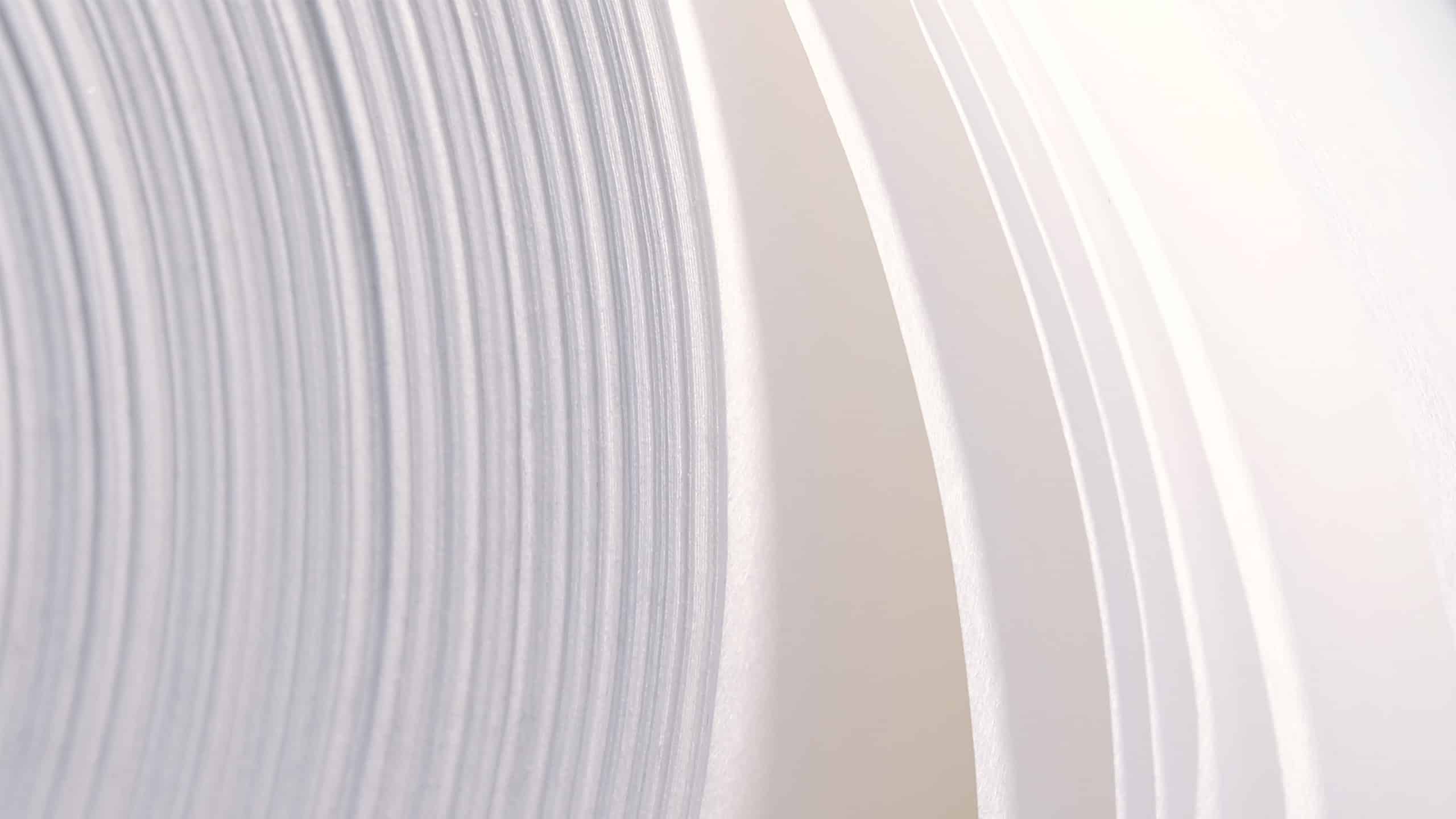How to enhance product appeal with sustainable packaging

What is sustainable packaging?
Sustainable packaging is an innovative approach to designing and utilizing packaging materials that prioritize environmental friendliness and resource conservation. In today’s market, where consumers are increasingly aware of their environmental impact, sustainable packaging has become a crucial component for businesses aiming to align with eco-conscious values and practices. This type of packaging is characterized by the use of eco-friendly materials, such as renewable resources, recycled content, and biodegradable options, coupled with responsible sourcing practices that ensure minimal environmental disruption, as outlined by the Confederation of European Paper Industries (CEPI).
Packaging is considered sustainable when it reduces the ecological footprint throughout its lifecycle, from production to disposal. This involves utilizing materials that are not only recyclable and reusable but also derived from responsibly managed resources. For instance, Paptic’s materials are primarily made from renewable wood fibres, ensuring they are both durable and environmentally sound. According to CEPI, sustainable forest management is essential to maintaining ecological balance while meeting industrial needs. By emphasizing the use of sustainable materials, companies can demonstrate their commitment to the environment and appeal to a growing demographic of eco-minded consumers.
How does sustainable packaging enhance product appeal?
Sustainable packaging significantly enhances product appeal by aligning with the preferences of modern consumers who are increasingly prioritizing eco-friendly products. As awareness of environmental issues continues to rise, shoppers are more inclined to choose products that reflect their values and contribute positively to the planet. Eco-friendly packaging serves as a tangible demonstration of a brand’s commitment to sustainability, thereby enhancing its reputation and attracting conscientious buyers. The European Environment Agency (EEA) highlights that sustainable packaging solutions are vital in reducing waste and promoting recycling efforts across Europe.
In addition to meeting consumer expectations, sustainable packaging offers visual and tactile benefits that make products more attractive. For example, materials like Paptic provide a unique texture and feel, which can elevate the perceived value of a product. The soft and silent nature of Paptic materials creates a differentiated user experience, appealing to consumers looking for premium quality. This combination of sustainability and sensory appeal not only captivates consumers but also fosters brand loyalty and trust.
The unique benefits of Paptic materials
Paptic materials stand out in the realm of sustainable packaging due to their unique properties that combine the benefits of paper, plastic, and textiles. These materials are not only sustainable but also offer exceptional strength, flexibility, and durability, making them ideal for a wide range of applications. Paptic’s fibre-based solutions are designed to replace traditional packaging materials, helping to reduce plastic waste while maintaining high performance standards. The European Parliament underscores the significance of innovative materials in combating plastic waste within the EU.
The versatility of Paptic materials is further enhanced by their ability to be converted using existing technologies for fibre-based materials, making them a practical choice for businesses transitioning to sustainable packaging. Their heatsealable grades, suitable for extrusion coating and adhesive lamination, provide additional functional performance. These distinctive features contribute to a product’s overall appeal by ensuring that packaging is not only environmentally responsible but also functional and reliable.
Responsible sourcing of fibres for sustainable packaging
Responsible sourcing of fibres is a fundamental aspect of sustainable packaging, ensuring that the materials used are obtained in an environmentally friendly manner. This involves sustainable forest management practices, where forests are managed to maintain their biodiversity, productivity, and ecological processes. CEPI emphasizes the importance of such practices to ensure the long-term availability of renewable resources and prevent deforestation or degradation of natural habitats.
By sourcing fibres from responsibly managed forests, companies can ensure that their packaging materials are not only sustainable but also support environmental conservation efforts. This approach aligns with the principles of a circular economy, where resources are used efficiently and waste is minimized. Paptic’s commitment to responsible sourcing reflects a broader industry trend towards sustainability, offering an eco-friendly alternative that does not compromise on quality or performance.
Avoiding common pitfalls in sustainable packaging
While adopting sustainable packaging solutions offers numerous benefits, companies may encounter challenges in the process. One common pitfall is the assumption that all eco-friendly materials are created equal. It is crucial to understand the specific properties and performance capabilities of different materials to ensure they meet the required standards for durability and functionality. Paptic’s materials, for instance, are designed to provide both sustainability and high performance, making them a suitable choice for businesses looking to enhance their packaging solutions.
Another challenge lies in maintaining the balance between sustainability and cost-effectiveness. Companies must carefully evaluate the long-term benefits of sustainable packaging, including increased consumer appeal and brand loyalty, against the initial investment costs. By choosing innovative materials like Paptic, businesses can overcome these challenges and ensure their packaging remains both appealing and eco-friendly, ultimately contributing to a more sustainable future, as supported by the data from Statista and UNEP on recycling and plastic pollution.
